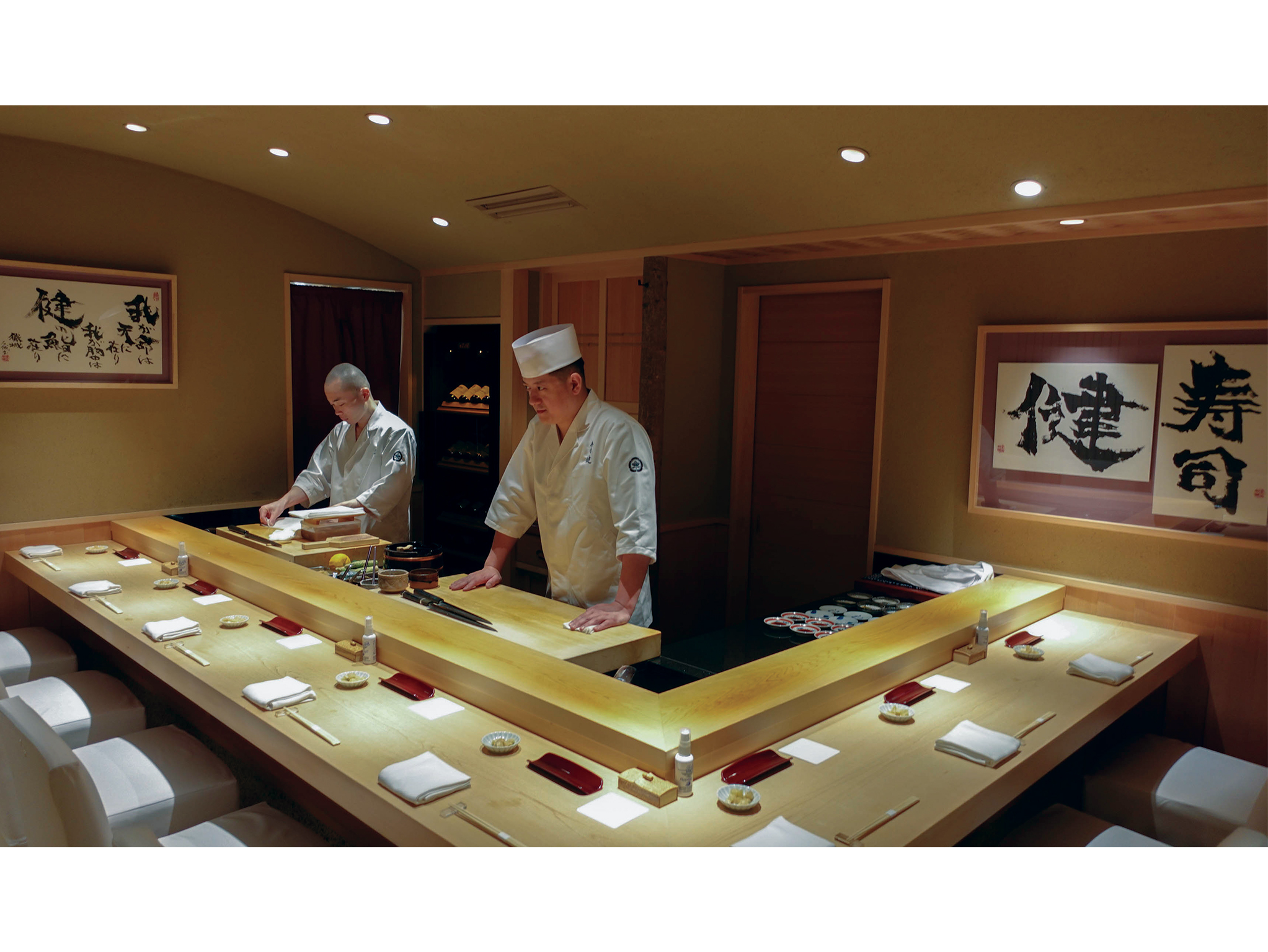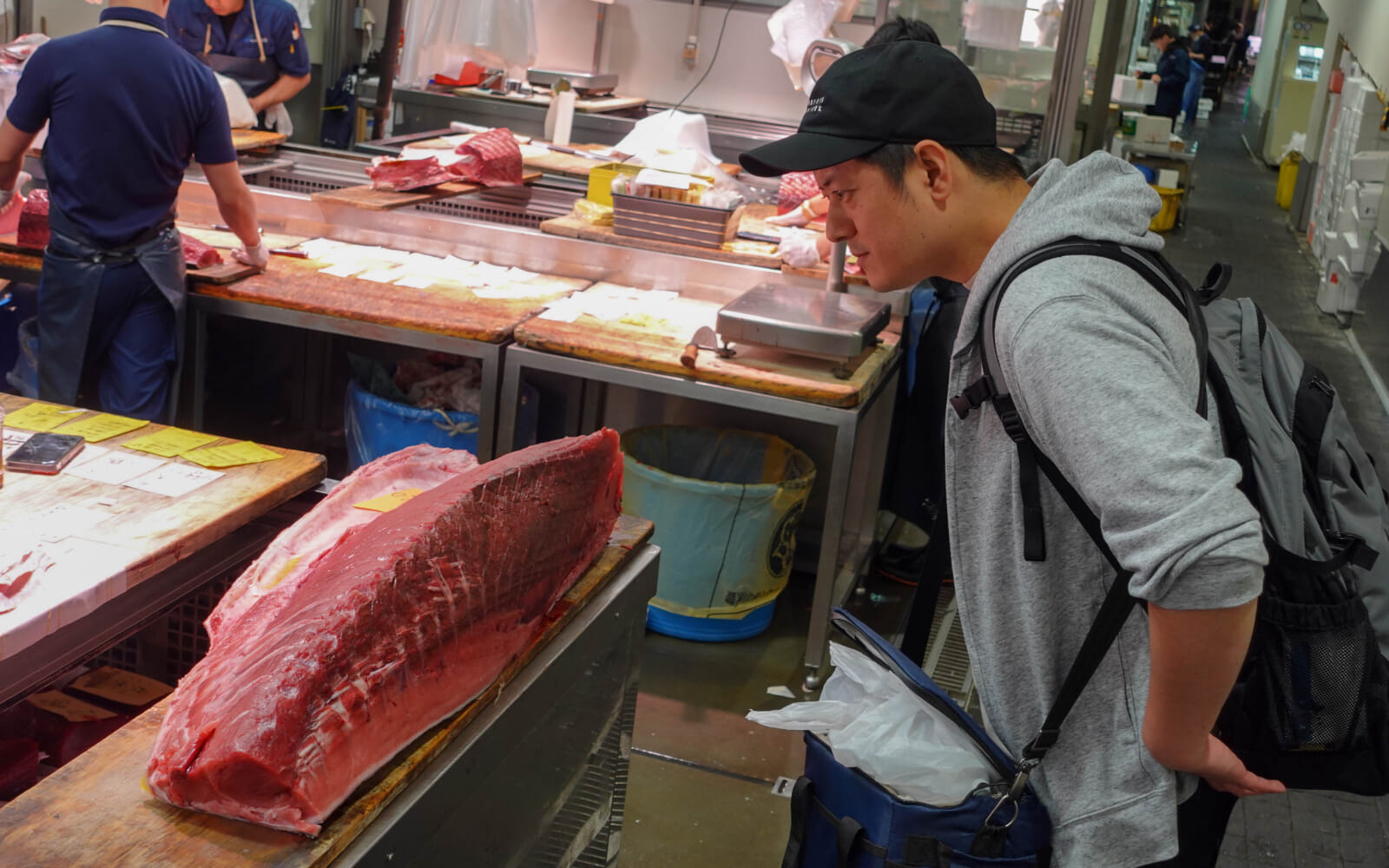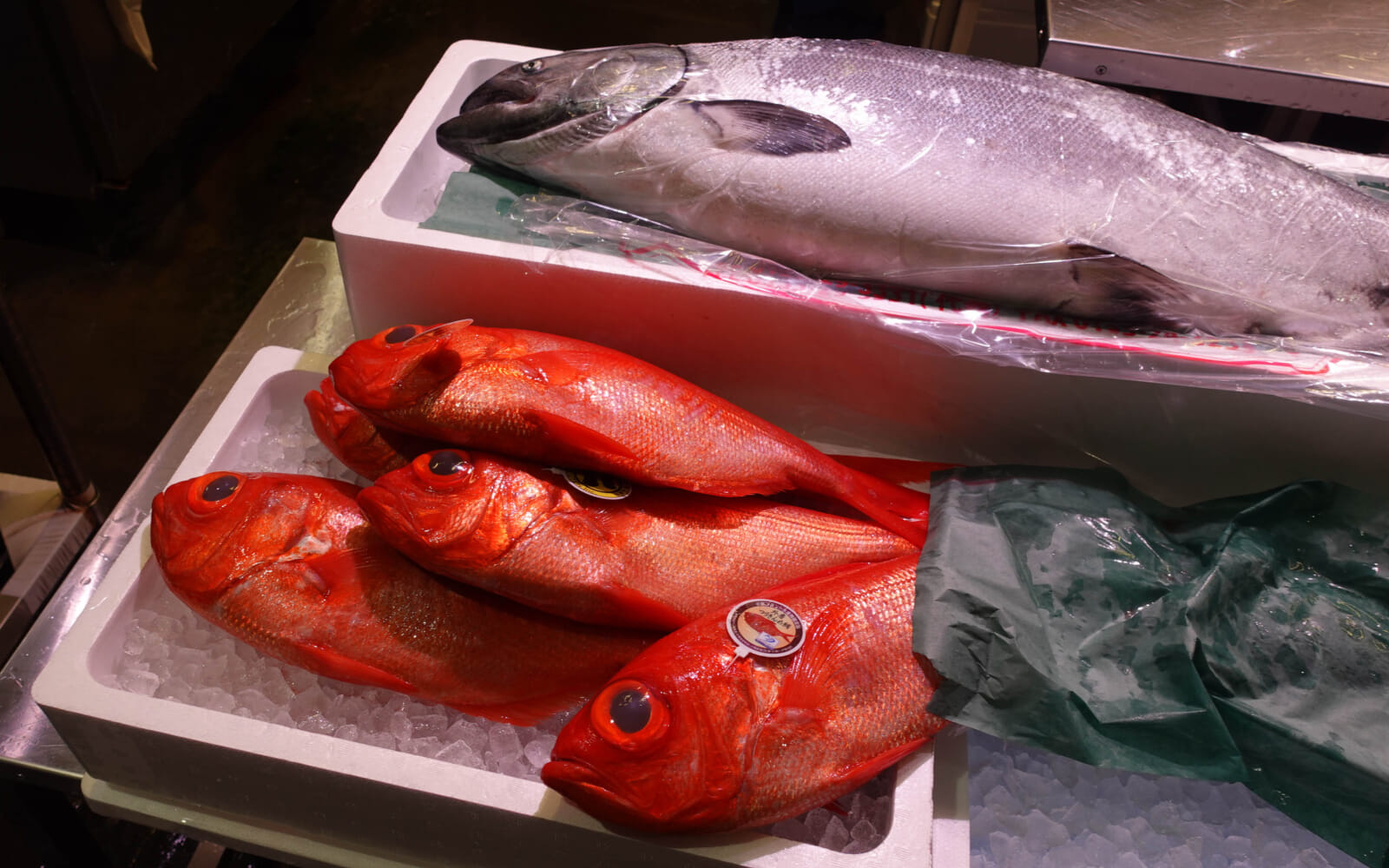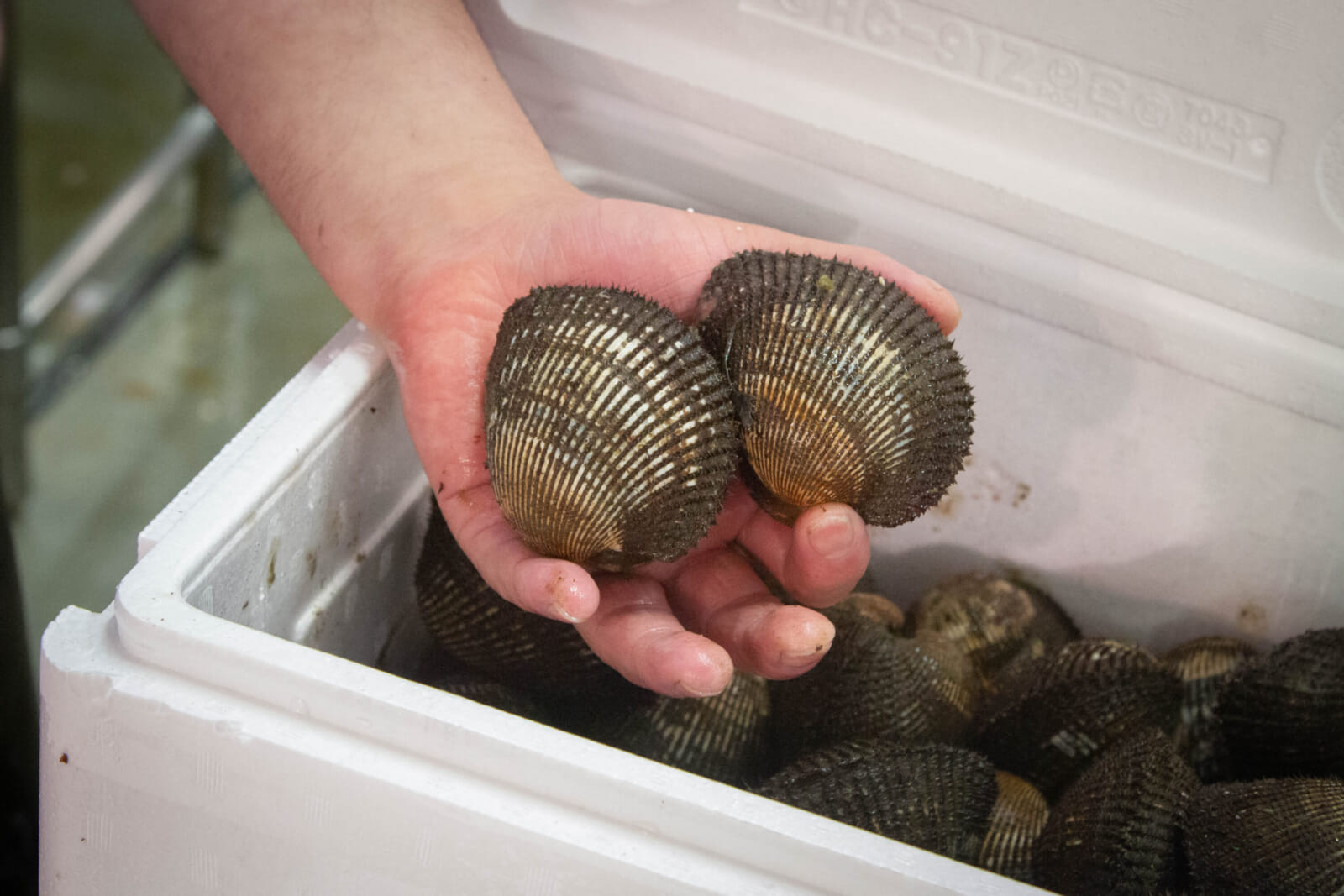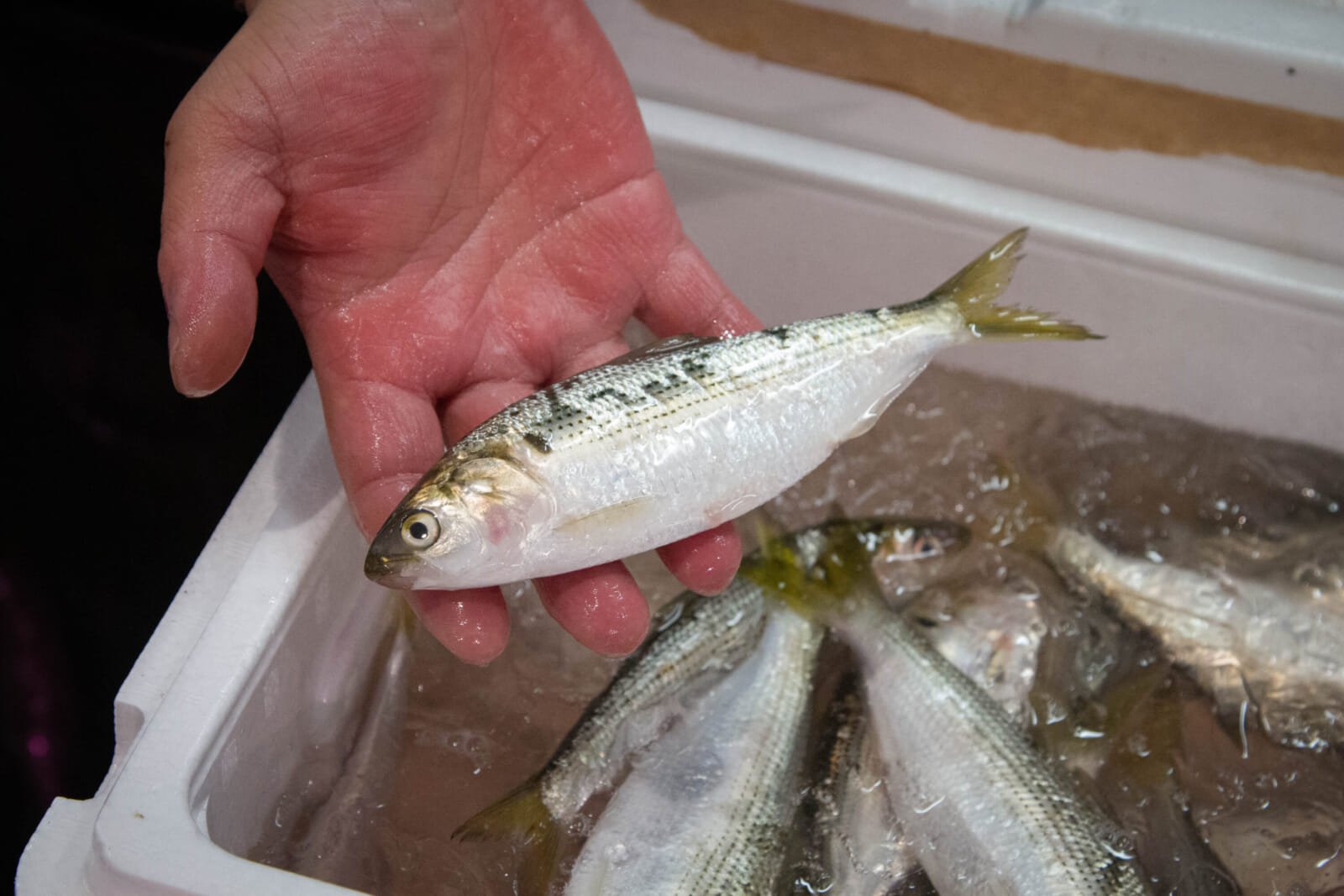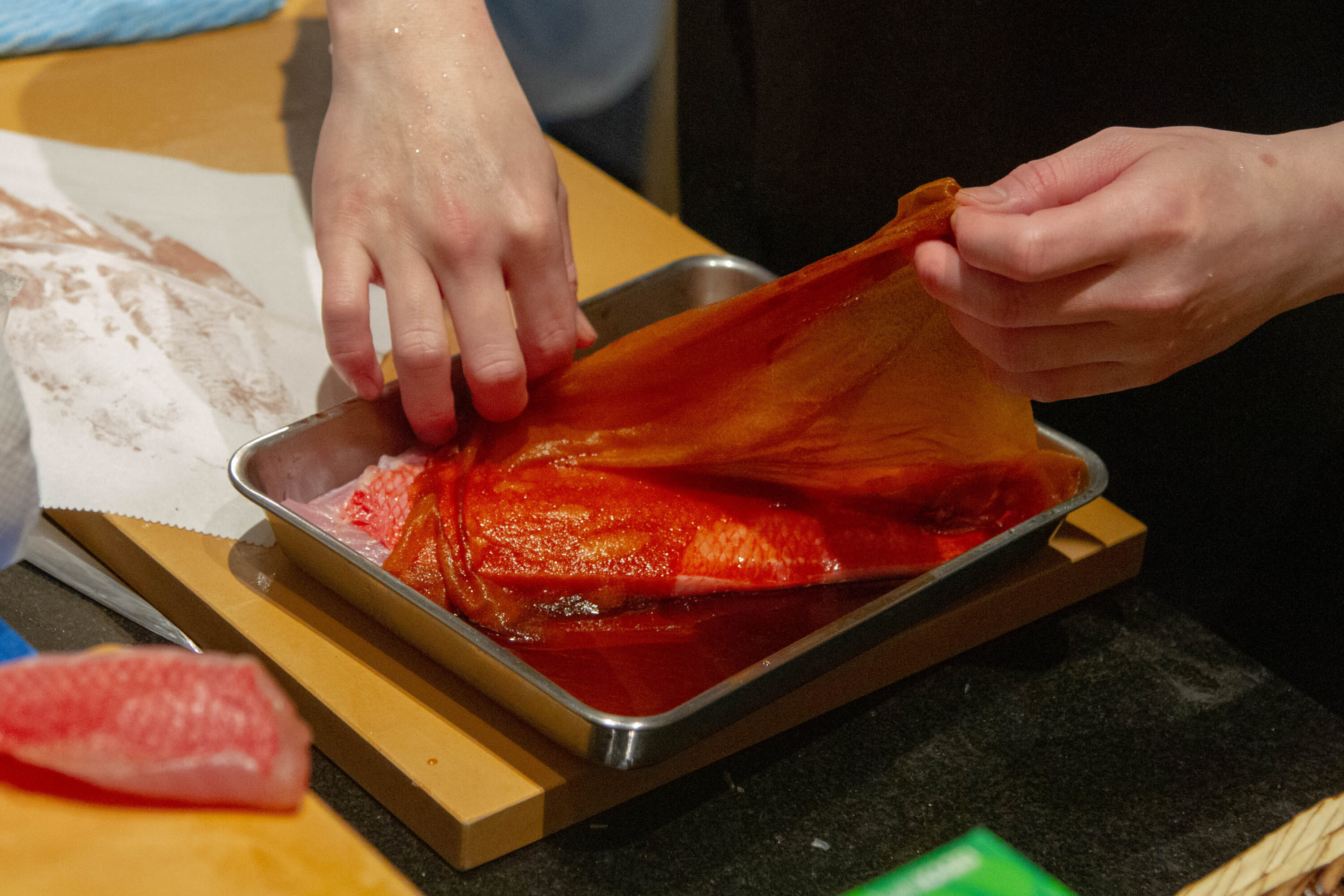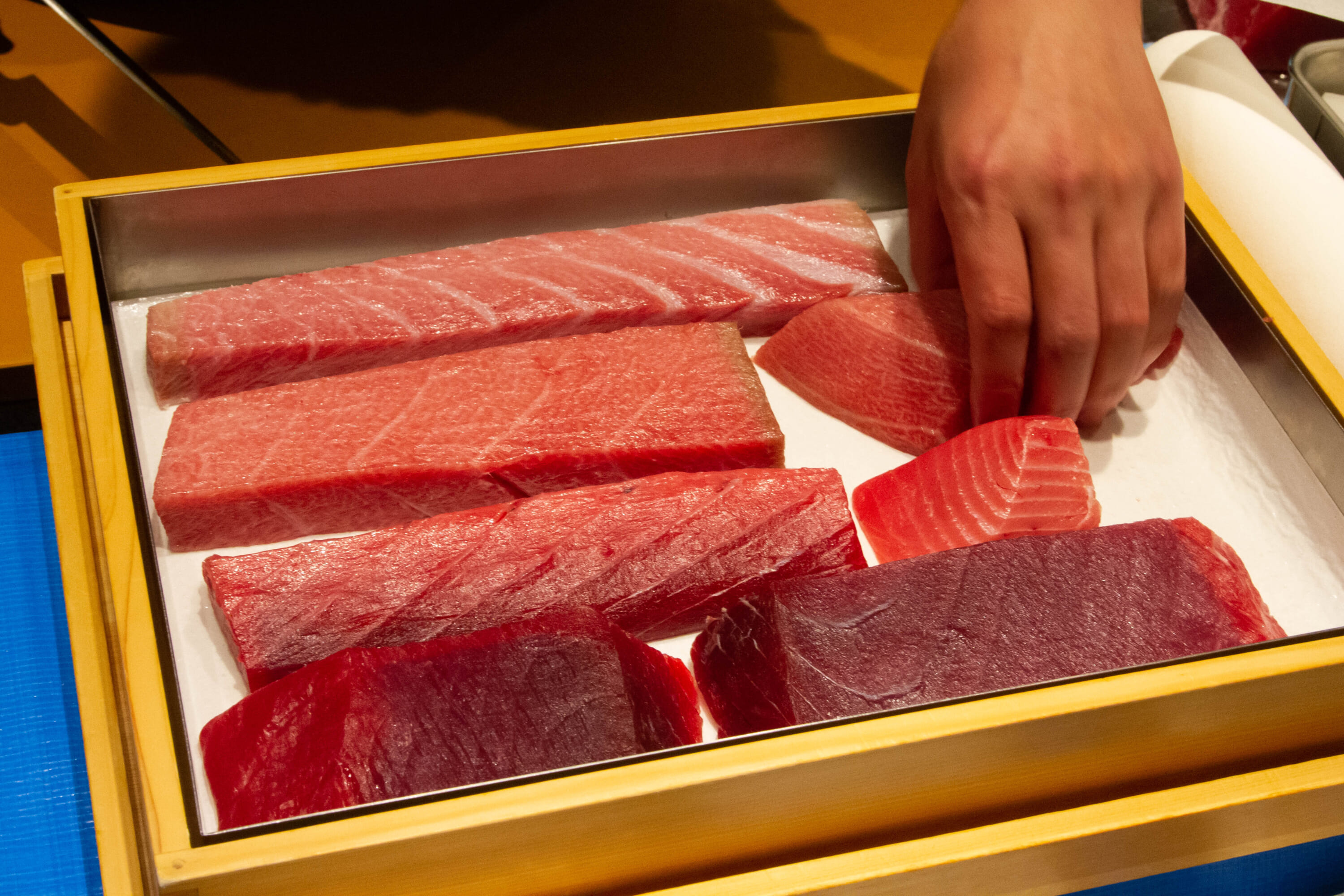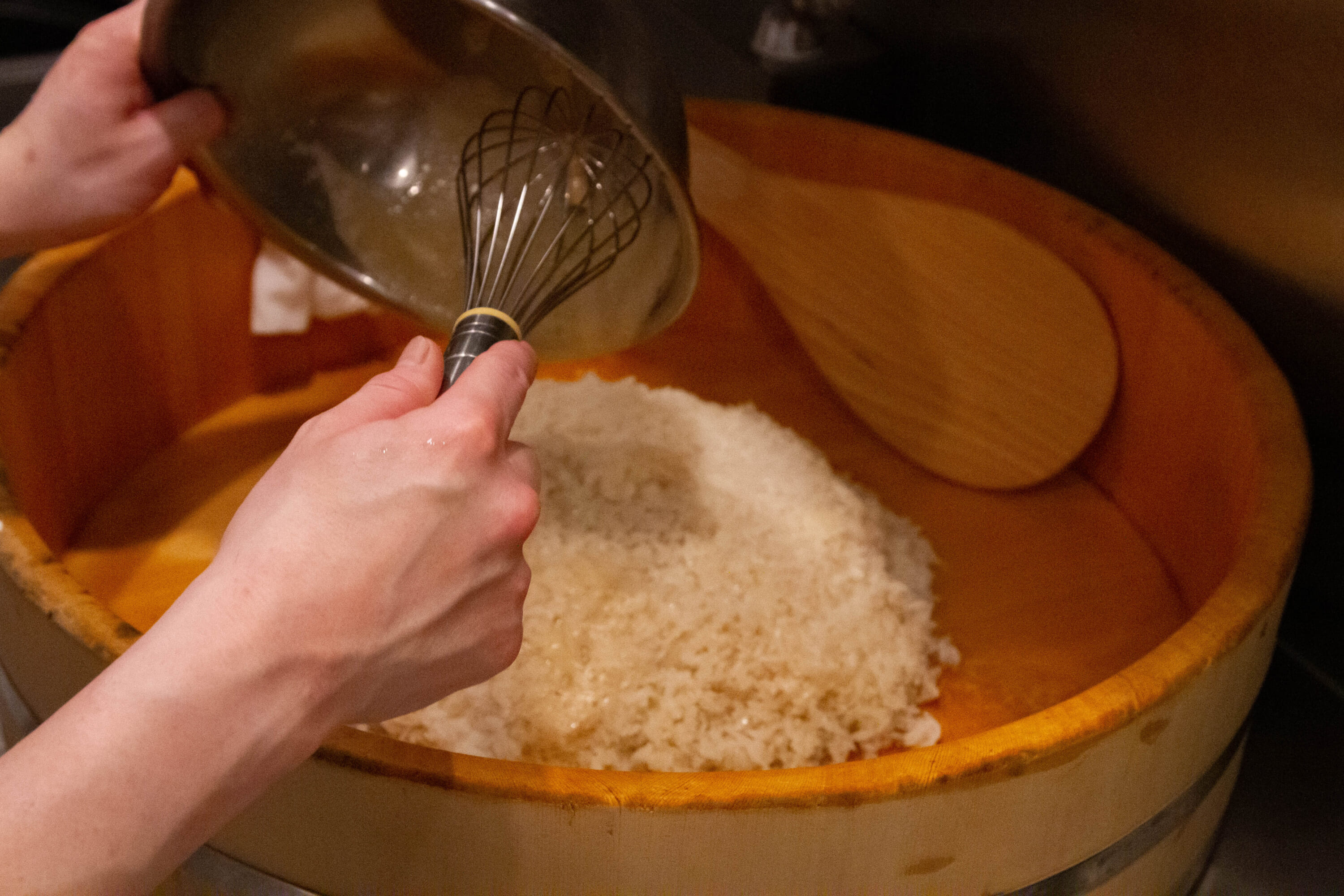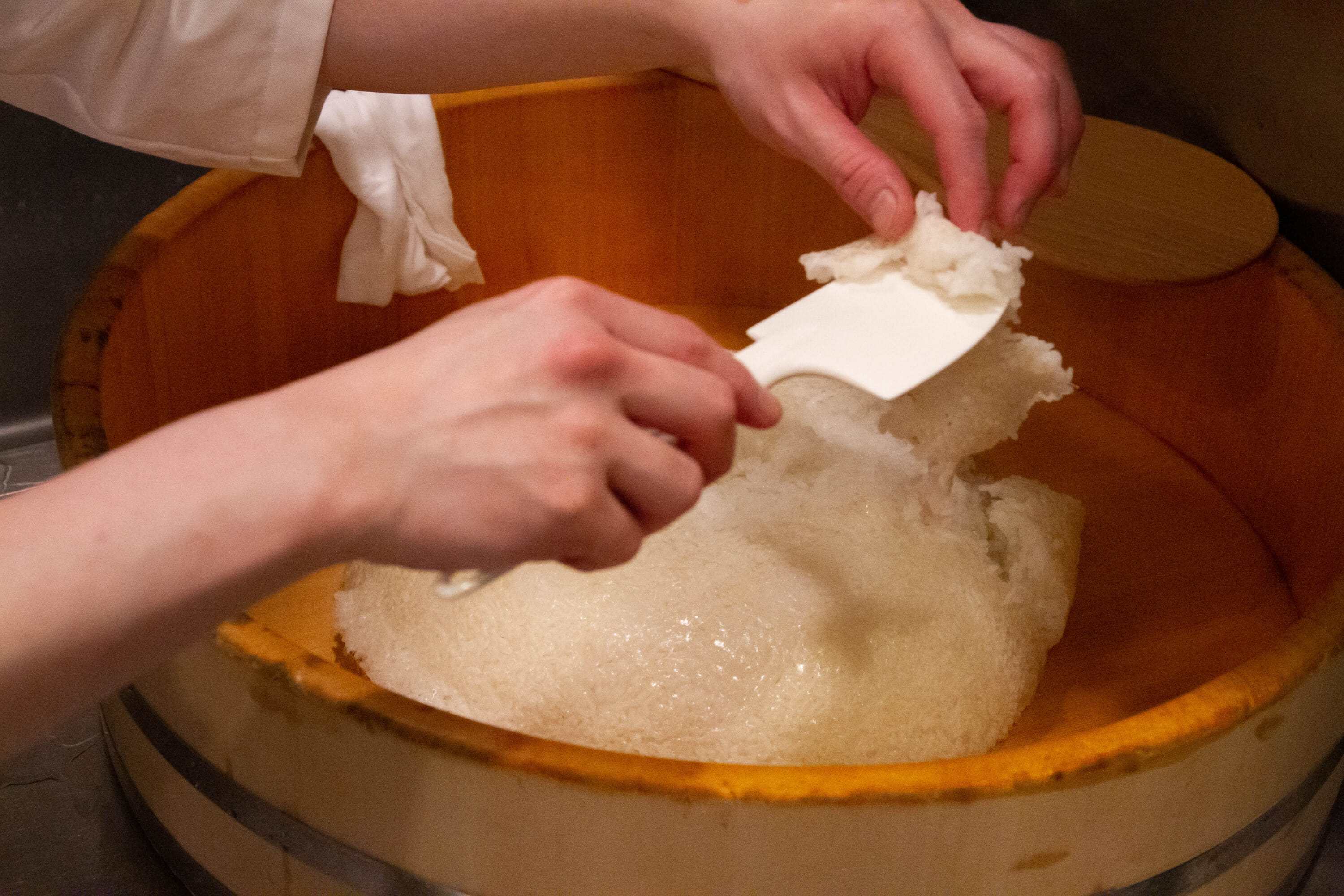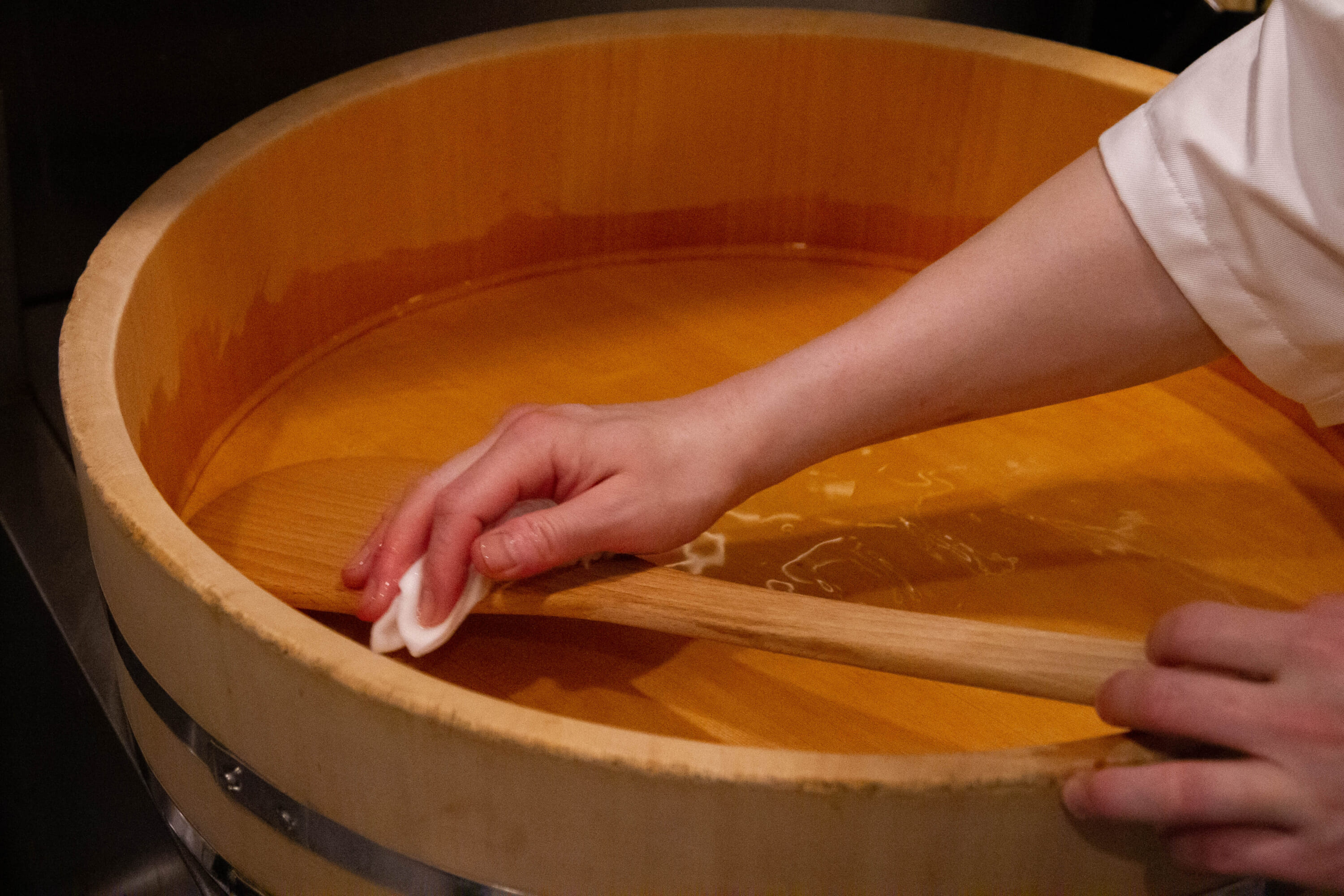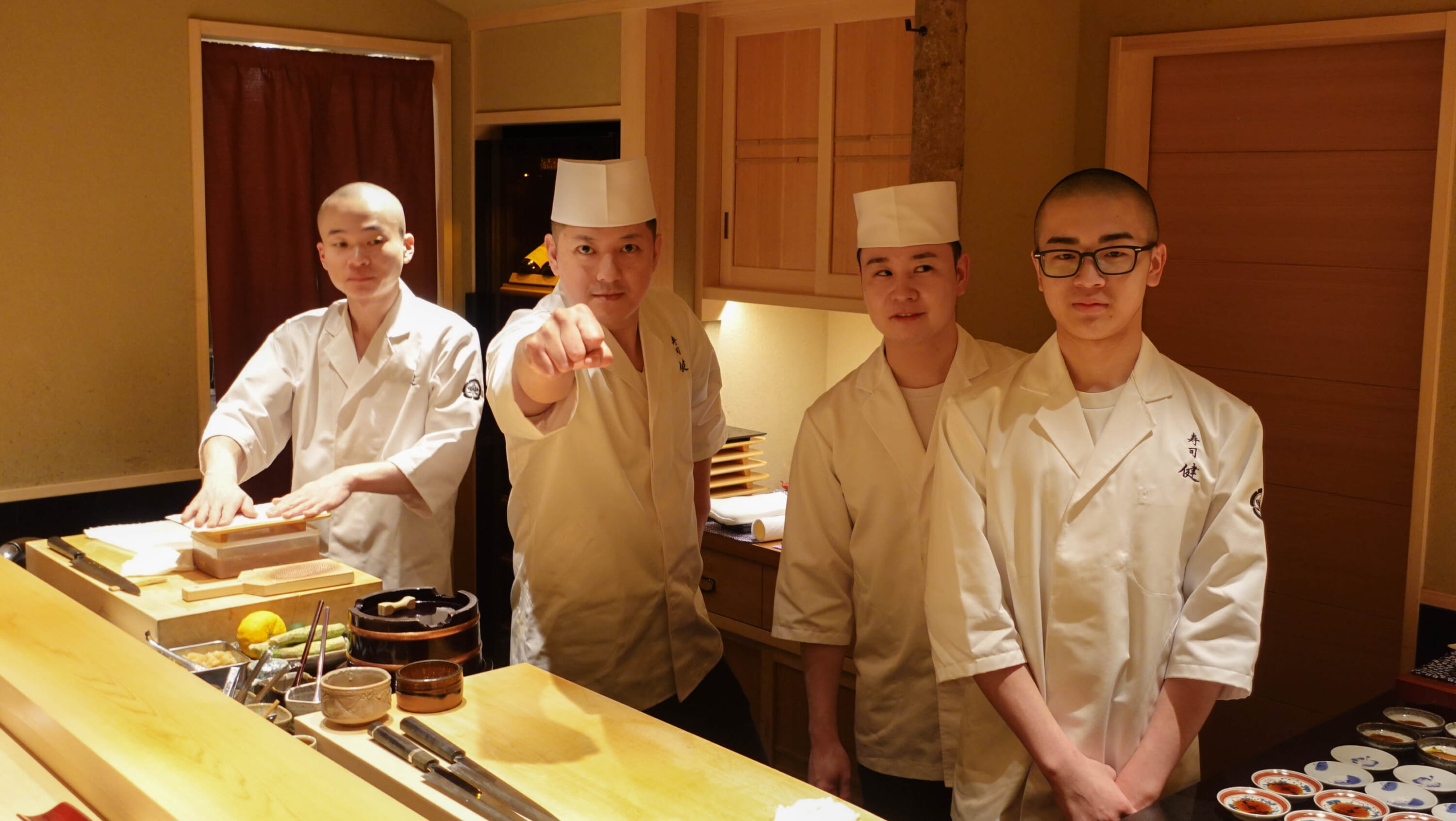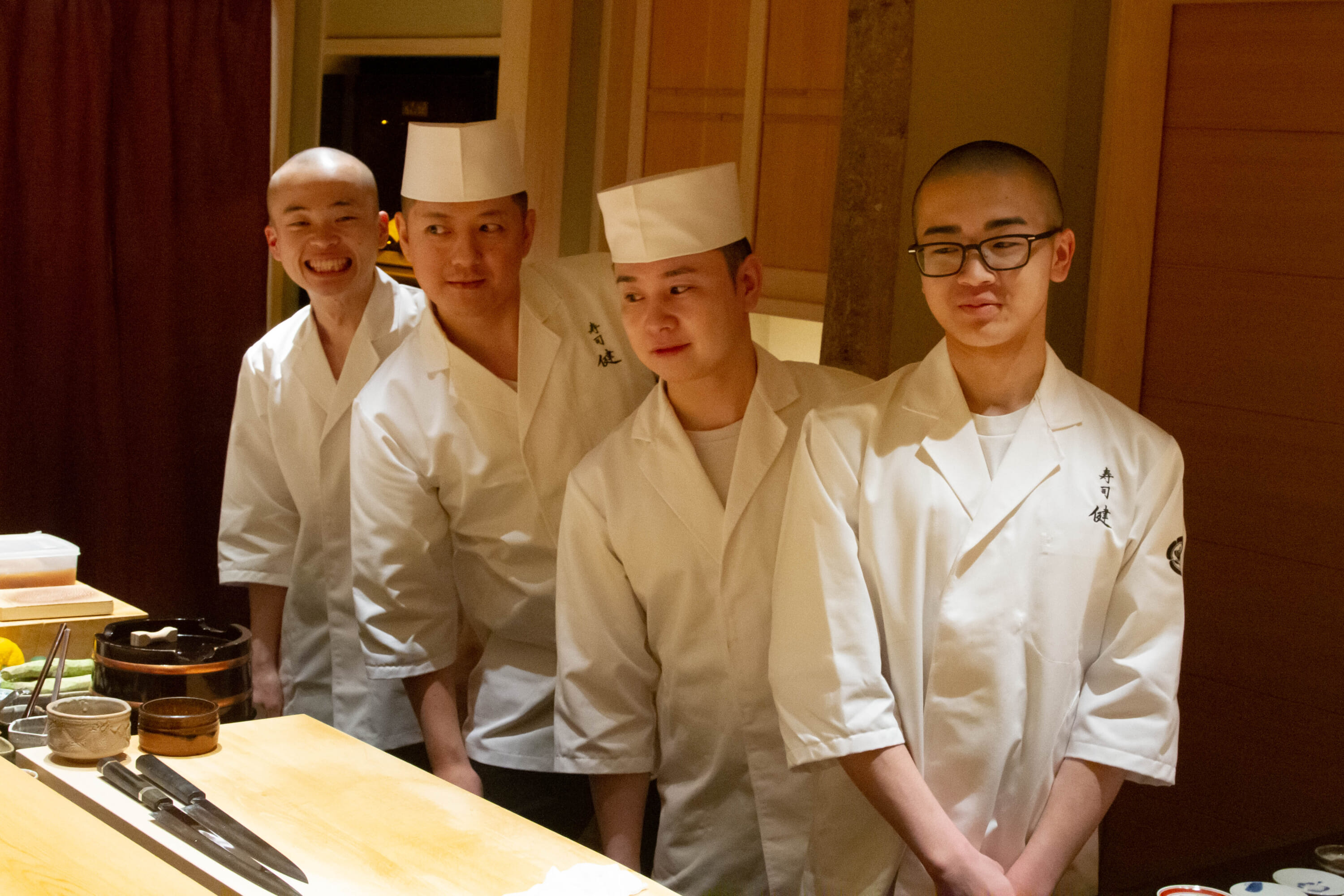Sushi is said to embody the essence of Japanese cuisine. It’s mild yet nuanced in flavor, highlighting the quality of the natural ingredients the island nation is blessed with. However, at its core, sushi is relatively simple with just two to three main components: shari (vinegar-seasoned rice), neta (an accompaniment or topping) and wasabi.
The inherent minimalism of sushi is part of its beauty, but this simplicity is simultaneously deceptive. A look at the prestige and prices that the world’s most revered sushi restaurants demand piques curiosity. What goes on behind the scenes of a sushiya that goes beyond raw fish and sushi rice?
The answer to that question can be found in the appreciation and aspirations held by the head chefs of these establishments as well as the deshi (apprentices). Takeru Watanabe has seen the world of sushi from both ends of the spectrum, starting out as a fresh technical school-graduate. He learned the ins and outs of the kitchen at the legendary Ginza Sushi Kyubey and has had tenures at some of the most illustrious omakase establishments in the city, such as Sushi Arai and Sushi Ryujiro.
In 2022, he opened his own shop, Sushi Takeru. So, what’s it like inside? And how does Watanabe prepare for his customers? Tokyo Weekender was recently given the opportunity to find out.
The Morning Market Matters
Sushi Takeru is open every day except for Mondays. Aside from the Sunday-only lunch, the serving of food doesn’t begin until the 6 p.m. dinner service. That being said, for both Watanabe and his deshi, or apprentices, the day’s preparations begin very early. In the morning, Watanabe arrives at Toyosu, the central fish market that serves many of Tokyo’s seafood restaurants.
It’s a fairly well-known fact that many restaurant owners and chefs will go to Toyosu Market as early as 5 a.m. to get their hands on the finest offerings for the day. Watanabe is no exception to this, but given that he’s a father of two young babies, he’s likely used to the early-morning responsibilities.
Many high-end sushi restaurants order the fish and other ingredients depending on the number of reserved guests for that night, which is a primary reason why walk-ins aren’t typically an option at such shops. The shopping list varies daily, depending on seasonality, availability, demand and the number of customers.
Watanabe, whose shop has become known for its kohada, (gizzard shad) and Iwashi (sardines), goes to various vendors at the Toyosu market for different ingredients. His first stop is often a purveyor that specializes in shellfish and hikarimono — fish for sushi that has a distinct silver skin and is often served fermented in vinegar and other things.
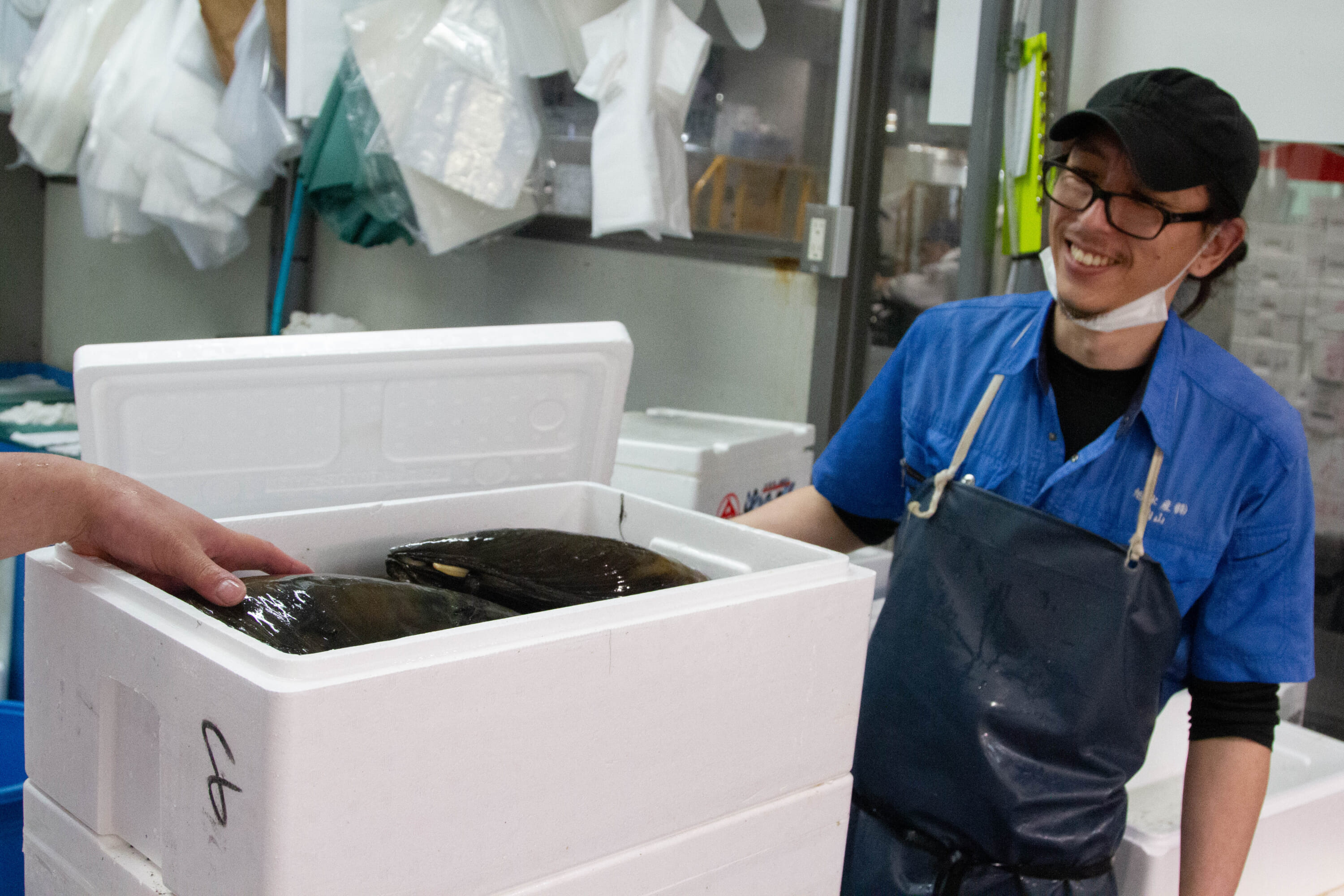
He goes around the market searching for other seafood, such as kinmedai (splendid alfonsino), katsuo (bonito), hirame (flounder), various shrimp offerings like botan ebi and kuruma ebi (tiger prawn) and anago (conger eel). Ankimo (monkfish liver), is another staple at Sushi Takeru, a dish that is often dubbed “foie gras of the sea” due to its rich and fatty texture with a briney flavor.
For many, the most recognizable fish served at sushi restaurants is maguro (tuna). Watanabe almost entirely deals with honmaguro, or bluefin tuna, the most sought-after species of consumed tuna. Given its significance and popularity, he procures blocks of honmaguro from a vendor who specializes in the fish, and whose customers include some of the country’s most esteemed restaurants.
The knowledge of seasonality is one that really comes with time, experience and study. Watanabe explains that even the yearly swimming patterns of fish are something that should be taken into account, citing the migration of katsuo all the way south from Kagoshima. When they head north, there are changes in the fattiness and oiliness of the fish.
Other than a few smaller items, most seafood products purchased are delivered from the market to the restaurant that same day. However, above the fishmongers at Toyosu, there are other retailers that Watanabe will purchase things like tea and vegetables from, while also going up just to greet them.
For Watanabe, going to the market is as much about catching up with his industry friends and peers, former coworkers and other sushi chefs, as it is about procuring goods for his business. Though the interactions are inherently transactional, the environment that accompanies him when he greets each place of business is convivial.

Preparing for Dinner
From the market, Watanabe heads to his restaurant. Sushi Takeru is located on the second floor of a relatively unassuming building in the backstreets of Ginza, close to two of his former places of apprenticeship: Sushi Kyubey and Sushi Arai.
The restaurant’s seating is limited but intimate, with a single counter hosting up to eight seats for customers. During dinner service, the bright color and detailed grain of the hinoki counter can be seen, but during the day, it is covered with a blue tarp to protect it while the ingredients for dinner service are prepared.
The to-do list for a sushi restaurant of this caliber is extensive. It’s much more than simply slicing the fish open and putting it on rice. Being a multi-course meal, the number of dishes to prepare varies. Everything needs to be broken down and prepared. To help with this, there are three apprentices at the shop. They all have different responsibilities that Watanabe has performed in some form throughout his nearly two decades of working.
For Watanabe, the washing of the sushi rice wasn’t entrusted to him in the first few years of his apprenticeship. As he gained more experience, he gradually learned how to prepare and break down the different types of fish offered on the menu, starting with the smaller ones, then the flatfish, the larger fish and finally the eels. It wasn’t until year 10 that he actually started to make and serve sushi to customers.
Much of this culture still exists in the sushi world, but according to Watanabe, the modern landscape is changing. The increased prominence of later-life apprentices and students attending dedicated sushi schools has introduced a more quick-rising culture within the industry. In fact, one of Watanabe’s apprentices is a former office worker who underwent a later-in-life change in his career trajectory.
Regardless of this shift, however, respect in the kitchen and behind the counter is still a currency that is earned. Experience and seniority still count for a lot. While the restaurant’s younger staff members fillet the fish and prepare the sauces, the most important work is still done by Watanabe.
The finer details are also very important when it comes to the final product, especially with a cuisine as subtle in flavor as sushi. Fish such as kinmedai or akami maguro (lean tuna) are marinated in soy sauce blends. White fish are often pressed between sheets of kombu seaweed and left for some time to absorb flavors, then wrapped to absorb moisture. Silver-skinned fish are carefully salted and pickled, and saku blocks of larger fish are meticulously broken down.
This attention to detail can be seen in Watanabe’s selection of different maguro cuts with a dedicated storage box. Akami is cut and sorted with a deep burgundy coloration and two different types of chutoro (medium fatty tuna) are separated, one coming from the backside of the fish with a bolder and richer flavor, and the other coming from the more traditional belly side with a fatty texture. Finally, a slab of treasured otoro (fatty tuna) is placed in the box. The varying coloration and shapes of each piece make it hard to believe they came from the same fish.
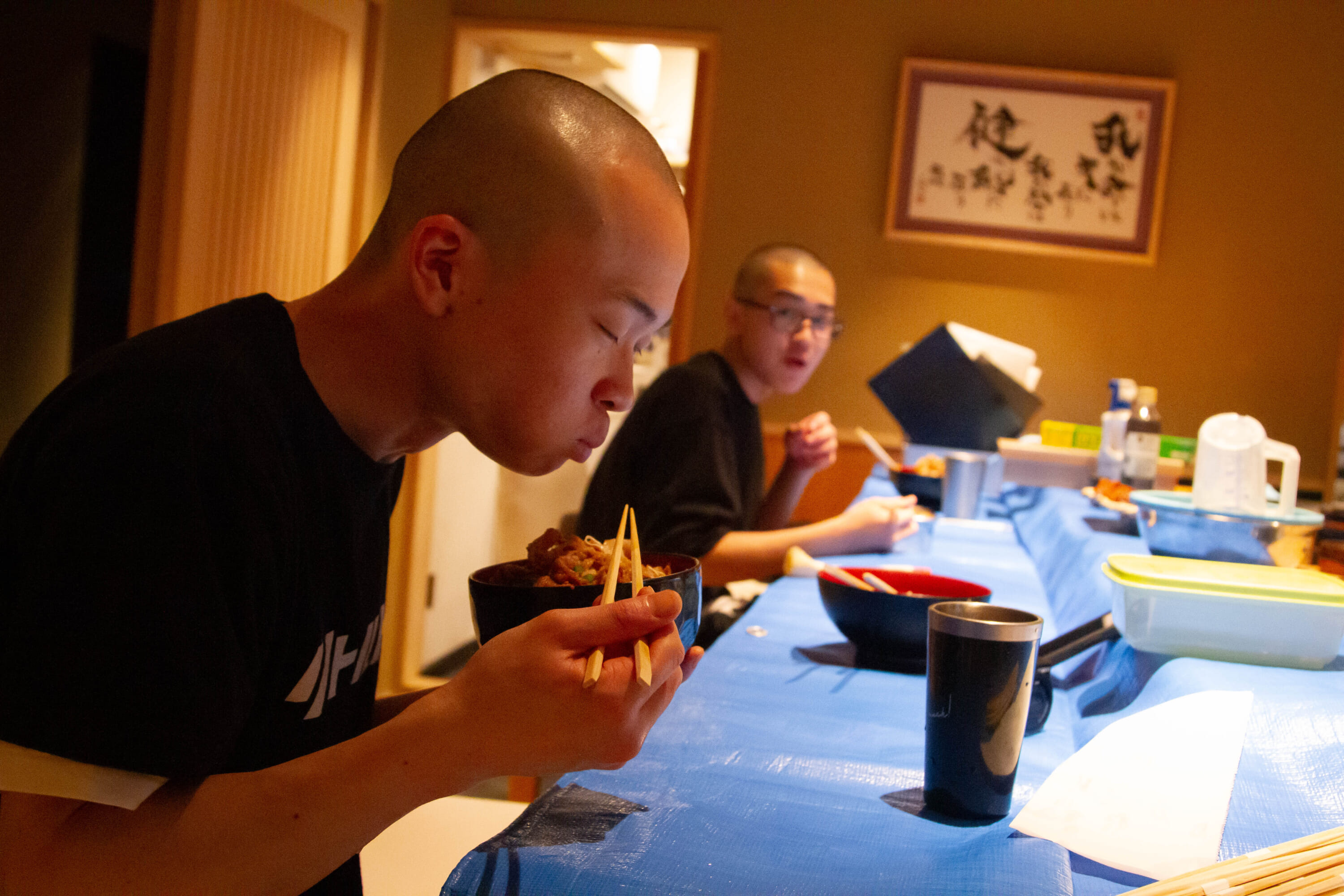
The Opening Act
These kinds of activities can often take up most of the morning’s work. It is then time for lunch. At restaurants in Japan like this, a communal, in-house meal, known as makanai, is typical. Members of staff usually take turns preparing the food throughout the week. On this specific day, marinated pork belly over rice was served.
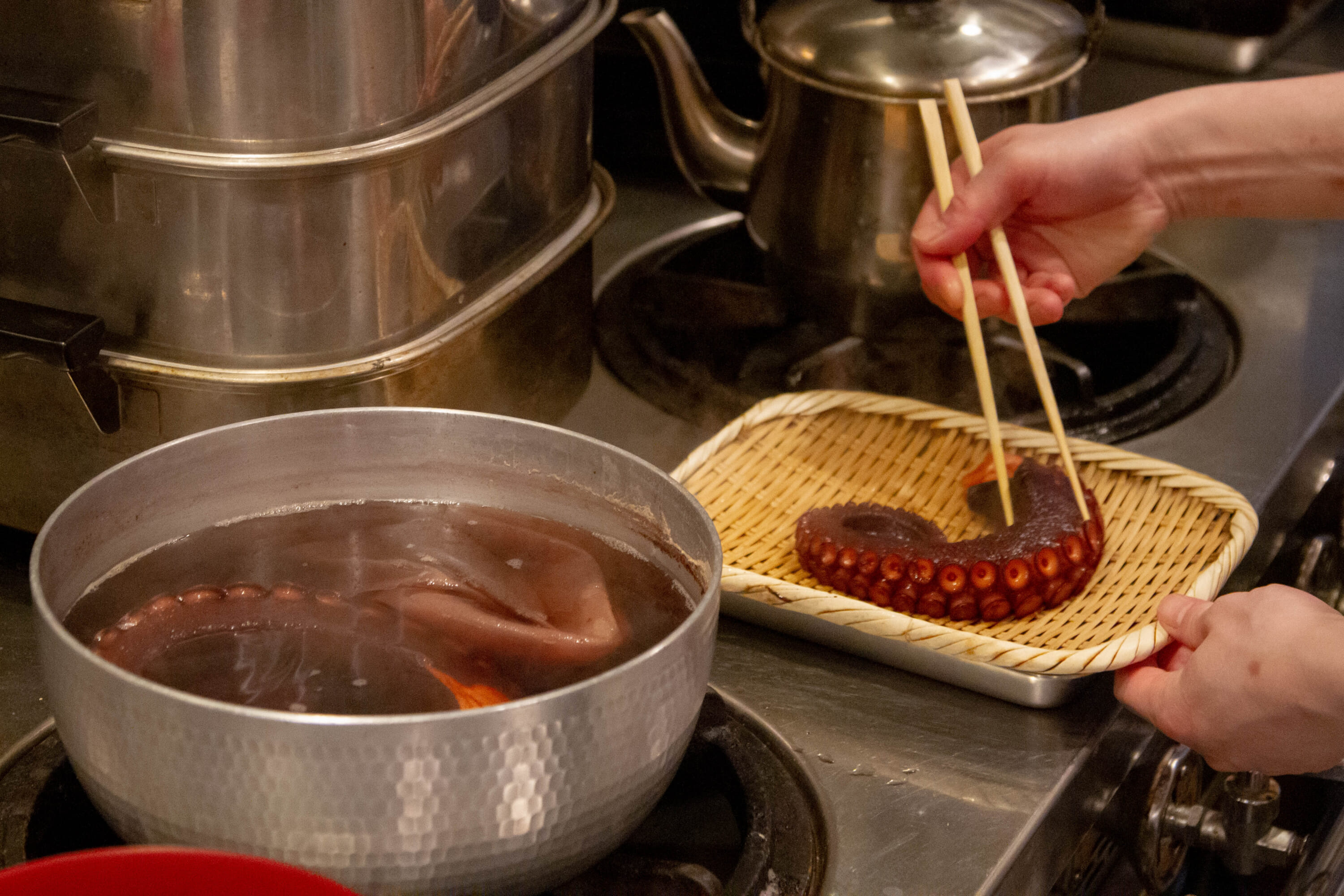
After lunch, a few other tasks are tended to, and typically, work will restart at 5 p.m., one hour before guests arrive. Seat covers are put over each of the chairs, then ironed to be pristine. Drink glasses are prepared and clumped-up ice is separated for drinks. The cooking preparations for the appetizers begin, including boiling octopus, steaming fish such as nodoguro (blackthroat seaperch) and kasugodai (baby snapper). There’s then, of course, the making of the shari sushi rice.
Contrary to what is usually the case at most commercial sushi establishments or conveyor belt restaurants, shari is not typically served cold to match chilled fish. Temperature control and contrast is an essential element of quality nigiri, and well-made shari serves as the backbone for good sushi. The rice at Sushi Takeru doesn’t start boiling until 10 minutes before the guests arrive, and a mixture of trace amounts of oil and some other subtle liquid seasonings are mixed with the water.
After being fully cooked, the rice is put into a large wooden vessel called a sushi oke, where the hard shell of the bottom portion of the cooked rice is removed. The remaining rice is then mixed with a vinegar solution that contains other things like salt. Watanabe uses rice from his home prefecture of Fukushima, which he boils in water. It is then mixed with red vinegar, creating a distinct-looking burgundy-brown sushi rice known as akashari. Akashari is often more intense and usually has a more pungent taste than the typical white sushi rice and serves a different application depending on the given sushi chef’s desires.
By the time the shari is ready and put in a separate container to maintain its heat, Watanabe is ready to welcome guests to the counter.
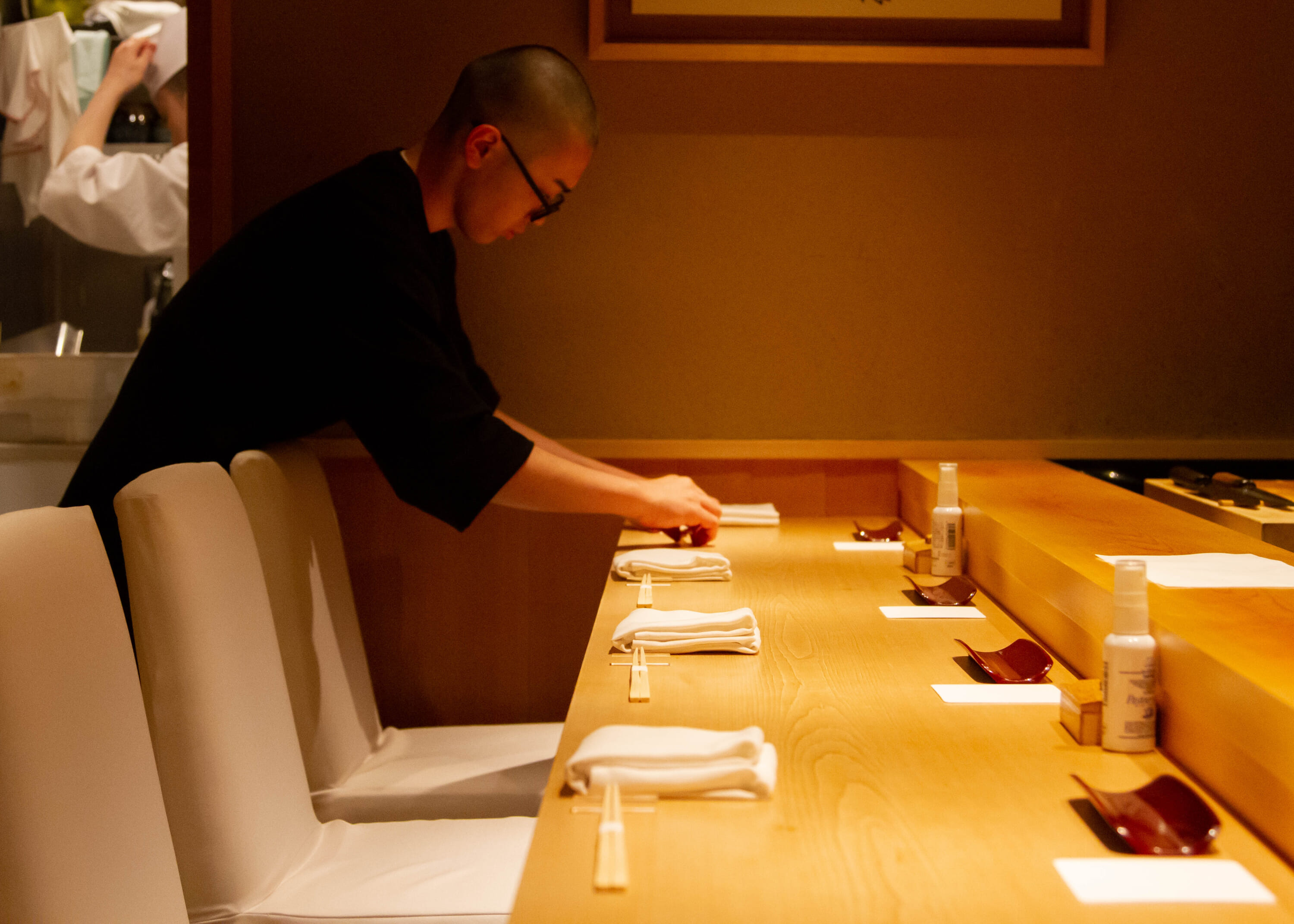
The Art of Dinner Service
The meal at Sushi Takeru starts with an assortment of sashimi that varies depending on the season but often features a signature botan-ebi that has been aged for about a day for a softer texture and translucency.
Gradually, more appetizers come out, including grilled shellfish, marinated ankimo with Nara-style pickles and steamed white fish. After the assortment of appetizers, Watanabe creates pieces of nigiri one at a time for each customer, placing each piece directly onto the wooden counter. To maintain the heat of the sushi rice being used, one of the deshi in the back continuously takes shari from the heating container out to the counter as needed.
For the night, there is one final dish that must be prepared for customers: tamagoyaki (Japanese-style omelet). At Sushi Takeru, a dash-maki tamago is cooked in a large square pan, layered and flipped with a tremendous amount of care to have a consistent, golden color and flat surface. The tamagoyaki serves as the final part of the meal, with its sweet yet umami-rich flavor and fluffy, melty texture serving as a kind of dessert. With the meal’s conclusion, the first set of customers head home, the next group arrives, and the second round of service begins.
Daily Dedication
Of course, after both dinner services have ended, the final cleaning of the night begins. The counter is wiped, the floors are scrubbed, dishes are put away and towels are dried, along with several other tasks. Starting in the early morning and ending late, the operation of a restaurant like Sushi Takeru requires a strong sense of dedication. What keeps artisans such as Takeru Watanabe and his apprentices connected to the craft on a daily basis is likely simple and complex at the same time, much like the pieces of nigiri they serve.
A dedication to tradition? A feeling of accomplishment after long tenures of work? A sense of camaraderie in the kitchen? The appreciation expressed by dedicated lovers of food who take the time and spend the money to experience the work of artisans? The answer is probably a combination of all of the above plus more. The glitzy Ginza streets that Watanabe operates out of now are a far cry from the small Fukushima town he grew up in. With a world-class establishment bearing his name, the past two decades have amounted to something more than worthwhile.
Related Posts
- Where to Eat World-Class Sushi by Tokyo Station
- 5 Appetizing yet Affordable Tasting Menus in Tokyo
- The Best Tokyo Restaurants for Authentic Filipino Food
Updated On June 19, 2024

